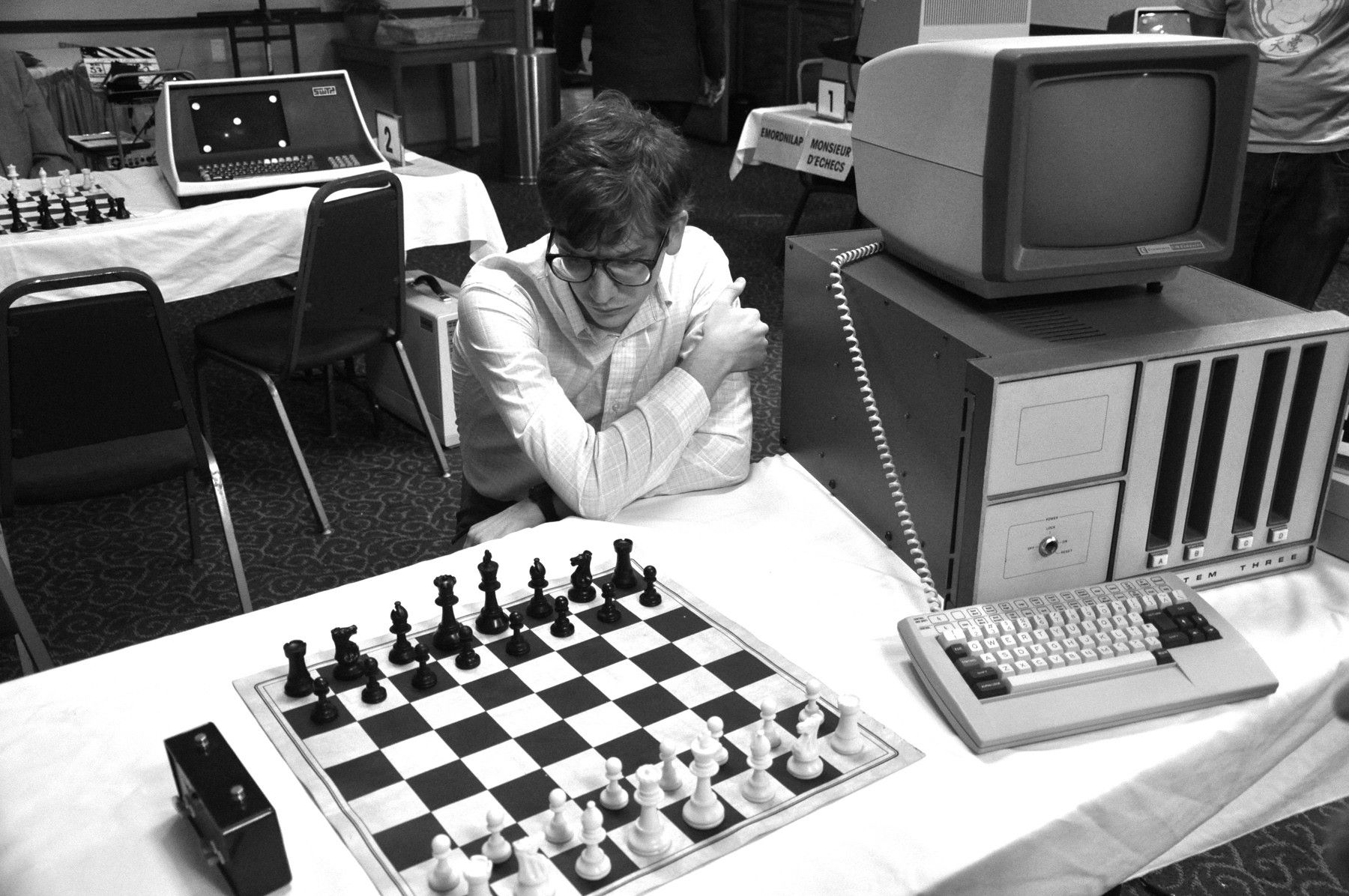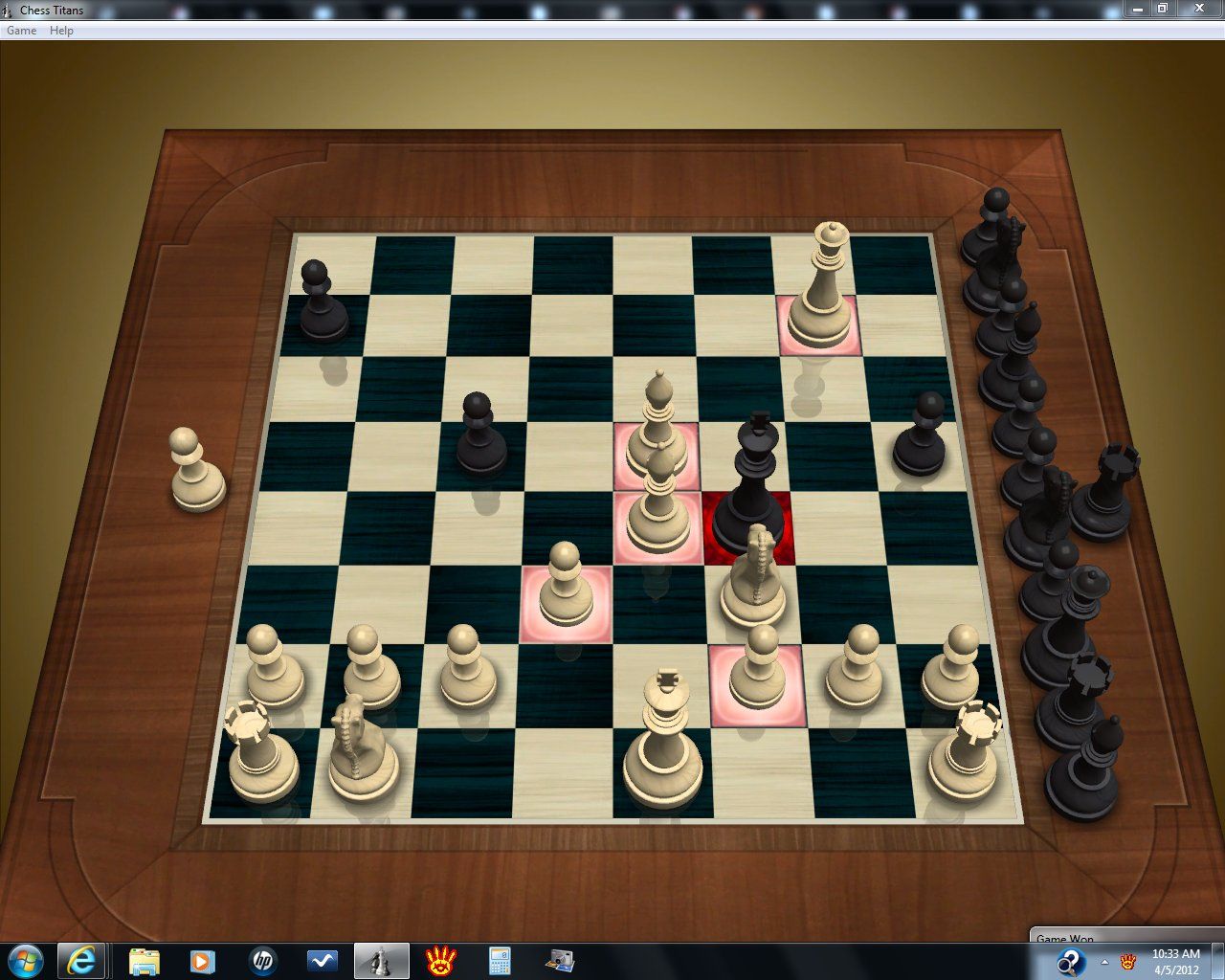
Computer chess: An opponent and an ally
An opponent and an ally there is a proverb saying “An enemy is just a friend you haven't made yet” that we might apply to computer chess. From the very beginning of computer history, scientists measured a computer’s intelligence by its capability to play chess and worked on both software and hardware until the science is done. It all started as a hoax. In 1769 Wolfgang von Kempelen builds the Turk, a supposed-to-be chess-playing automaton.

Of course, there was a human chess player hiding inside and I hope the audience didn’t try to reward and feed him with oil. Another hoax happened in 1868 when Charles Hooper presents the Ajeeb automaton with the same modus operandi. I can imagine him playing chess in the Wild West against an armed chess player who discovers the fraud. Bang! In 1876 the machine called Mephisto was made with no human player inside but its moves were remotely operated by a chess player. Mephisto looked like a stylish devil which rarely won ladies while defeating almost every single male player.

After the World War II scientist wrote the first algorithms and programs capable to play chess and solve chess problems. To relate chess with war again; Alan Turing, one of the pioneers in writing (chess) software and building computers, had been actually trying to break the Enigma code used by Nazis to communicate in WW2. In the United States Von Neumann had helped to develop an electronic computer in order to analyze nuclear explosions. To add, the fear that a nuclear strike might destroy the US defense communication centrals and hubs gave us the predecessor of the Internet. Expensive research programs, advanced software, hardware acceleration and memory boost gave us computer programs and machines which have been enhancing their chess playing quality in accordance with Moore’s law. Technology became cheaper but faster with more compute power. Scientist made the chess computer capable to beat the reigning World Chess Champion Gary Kasparov in 1997.

Gary Kasparov said that ‘Deep Blue’ played like God. Well, it was capable to evaluate 200 million positions a second. Computers are today integrated into chess, from tournament pairing over man vs. machine matches till training and preparation assistance. The implementation conditions are graphical user interface, board representations, search techniques, leaf evaluations, heuristics etc. Chess game viewers, instruction software, databases and Internet chess servers provide possibilities to play and learn in solitude, with or against the computer and with involvement of other human players. Computer scientist Marty Newborn said “The science is done” in 2006 after the chess computer Deep Fritz vanquished Vladimir Kramnik. After showing us who the boss is computer chess took the place of an expert advisor. Chess programs like Rybka, Comodo, Stockfish, Pocket Fritz… and computer vs. computer games still improve itself but also the human capabilities to play chess.

‘Advanced chess’ is a category when human plays against human while both have access to a chess playing computer program. Dalmatian proverb “A human and a donkey are smarter than a human” also stands for a human and a computer. The use of computer systems to enhance human play is great, but also raises a new question of funding and fair play.
Nowadays computer chess programs are available for download on desktops, notebooks, tablets and mobile phones. Humans were clever enough to build fast and smart machines to compute better than we do, but chess is still fun for us, computers lack fun and other emotions attached to chess.
Website: www.chess-boost.com/